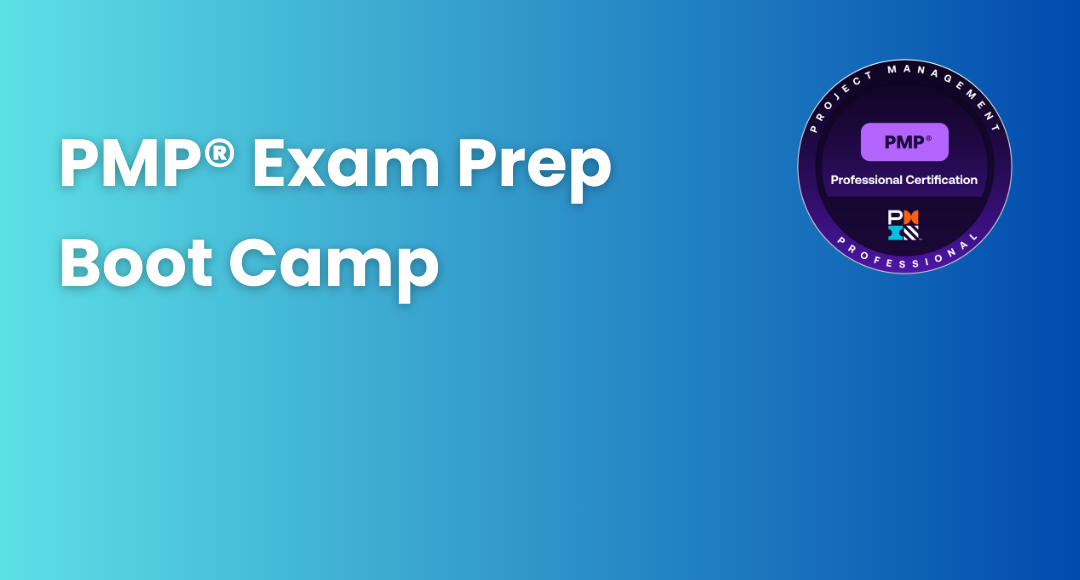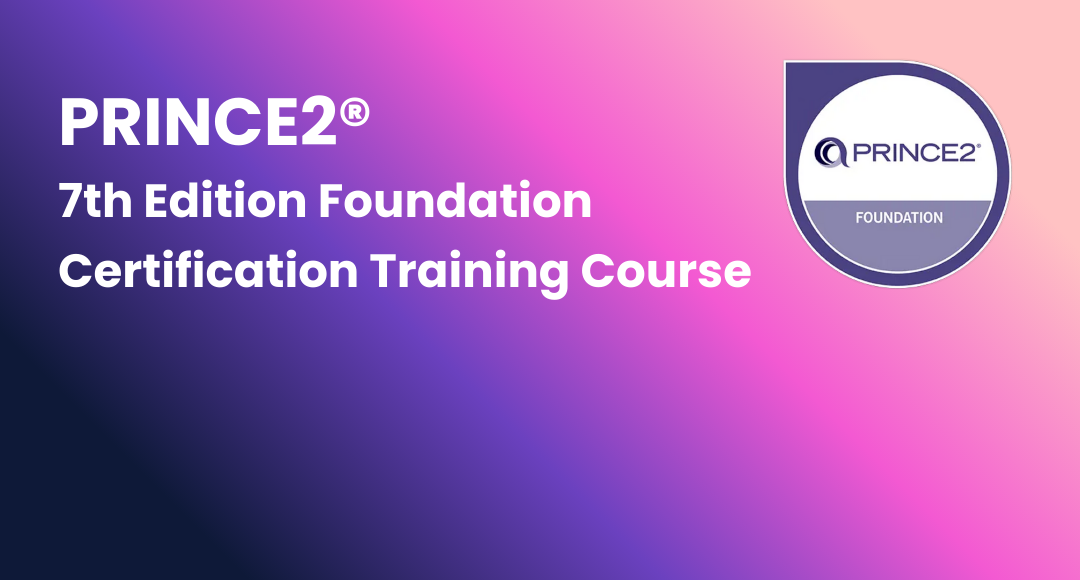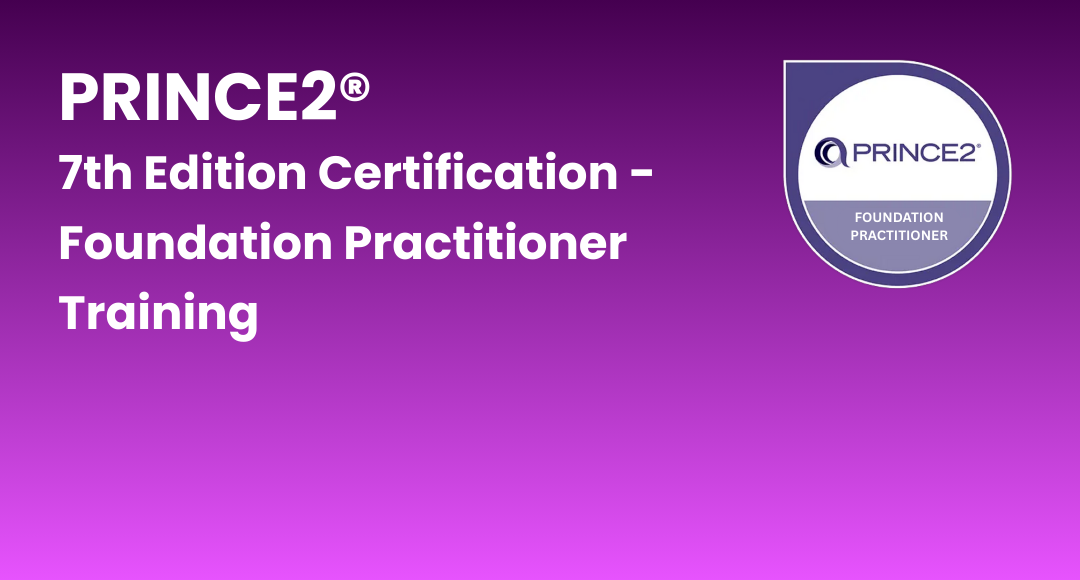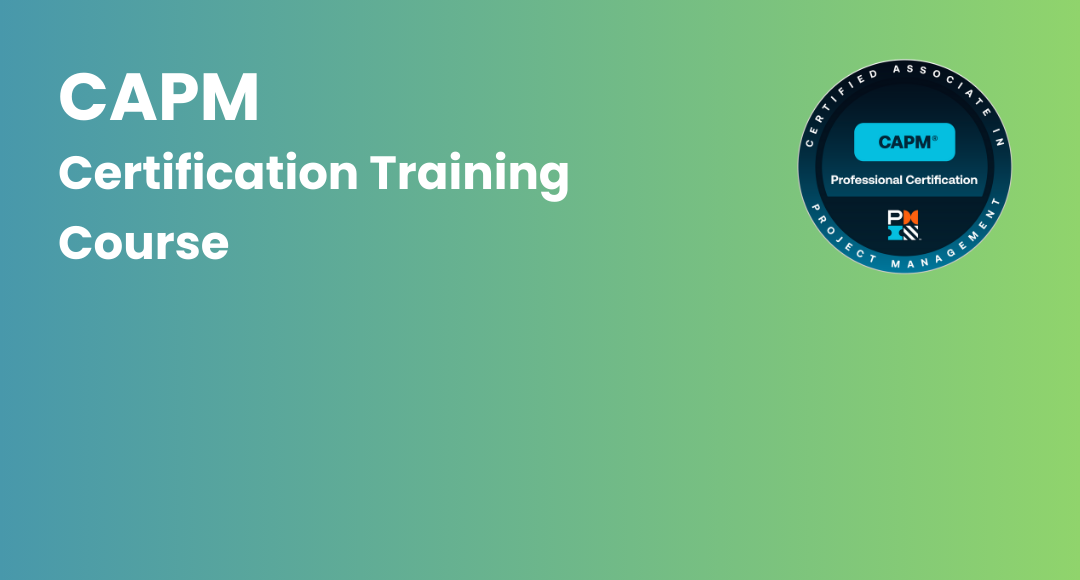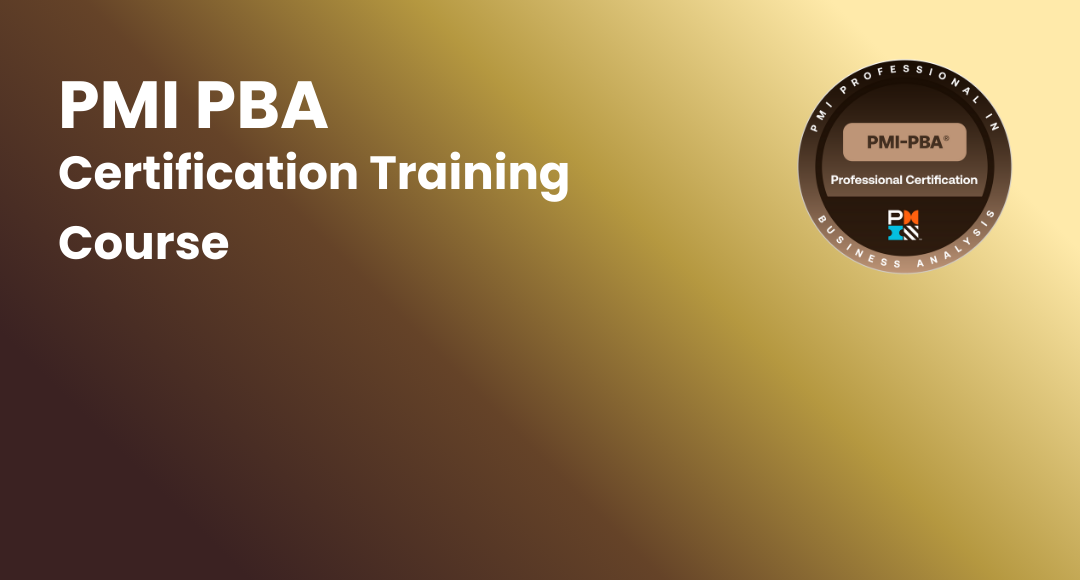Network Diagram - Types, Topology and Use in Project Management
-
 By Aradhya Kumar
By Aradhya Kumar - Published on Aug 11 2022

Network Diagram: An Essential Tool for Effective Time Management
Network diagrams are an illustration of a telecommunications or computer network. It shows the various components that comprise the network and the way they work together, such as hubs, routers, devices, and firewalls, among others. The diagram of a network shows the components of a neighborhood region (LAN): (LAN):
Based on the scope and intent, a network flow diagram can include a lot of information or simply provide an overview. For instance, a diagram for the LAN may show all the IP addresses for the computers and the diagram of the man (metropolitan region network) might represent zones or buildings that have a single node.
A diagram of networks can be either logical or physical. A logical network diagram explains how information flows within networks. Thus, logical diagrams usually show the subnets (including the VLAN's ID, masks, and addresses) as well as network devices such as routers as well as firewalls and routing protocols.
Within the Open Systems Interconnection (OSI) model, logical diagrams of networks correspond to the information within Layer 3. (L3). Also called “the network layer" L3 is an abstraction layer that handles forwarding packets via intermediate routers. Level 2 is the level that shows the data links between nodes while level 1 shows the physical layout.
Network Topology Diagram
Network topology diagrams are an image representation of a network's devices connections and paths which allows you to see how the devices are connected and how they interact with each other. In order to represent any one or more of the three layers of a network (physical, data link, and network) in accordance with the Open Systems Interconnection (OSI) model, also called the layers of media, they create Network diagrams.
Network topology is the arrangement of links and nodes within a specific mechanism and plan. In terms of the word, the network topology is the way in which the components of a network that are responsible for the connection between the devices of a network are arranged to prevent errors, provide greater bandwidth, secure the network, etc.
The diagram of the network topology is presented in two different ways. The logical topology of the network and the physical topology of the network.

Physical topology in networks refers to the arrangement of computers, cables as well as other devices. The term "physical topology" should not be confused with the logical one which is utilized to transmit information between workstations.
Topologies come in two varieties comprising physical topology as well as logical topology.
Physical topology is the arrangement of other devices and devices within the computer network. It covers the physical layout of computers, nodes and cables, device locations, and installation of code.
Logical Topology is the method by which the logical flow of data within a network occurs. It is defined by the protocol for the network and defines how data moves across the network. It's the structure of the internal communications between devices.
Different topologies have different effects on stability and performance. The most popular topologies include:
Topology of the bus. Each device is connected to the same cable, with two ends. It's easy and economical but it can be prone to interruptions for all devices, as well as complex troubleshooting.
Ring topology. The devices are connected in an arc. The network may run more efficiently than in a bus topology. Terminators aren't necessary, but one failure can disrupt the entire network and can be difficult to fix.
Star topology. A common topology is used for larger networks. All data flows through the central hub that connects to the other devices in the network. It's reliable in the event that the central hub fails however; it could be costly to set up and use.
Mesh topology. A secure topology in which the devices are connected and data is transferred via routing (sent the most efficient distance) and flooding (sent to all devices). Because there is no single source of failure, it's safe and reliable; however, the complexity of it results in high costs and long configuring.
Hybrid topology. A network made up by two or more different topologies. This topology is typically utilized in larger organizations Hybrid topologies can provide flexibility, with the disadvantage of being complicated, difficult to manage and expensive.
Network Diagrams in Project Management
As a project manager or a member of a team on a project you should be familiar with network chart diagrams, often referred to as the project schedule diagram. Free Network Diagram software for projects is an essential tool as it aids teams to visualize the tasks that must be completed throughout the duration for effective time management of the project management for business analysis. It also provides important context like the duration of tasks as well as sequence and dependencies, in which the project manager can see project effective time management and project management for the team.
A network diagram of a project's schedule depicts the logical and sequential connection between tasks within an environment, which helps individual project managers for project management with an effective time management plan. The visualization is based on the precise expression of the timeline of events and tasks for operative time management with business analysis.
The majority of the time, the network diagram will be presented by a chart using an array of boxes and arrows. The tool for creating such a diagram is utilized to outline the work schedule and timetable for the project, as to track the progress of the project through each stage all the way to the conclusion of it, accomplishing project management by effective time management in given project timeline for better business analysis.
It includes the huge work that will be performed throughout the duration of the project, it is also helpful to show the full extent of the undertaking in an individual’s project management and also for business analysis.
The benefits of the diagram of the project management network
It permits project managers to monitor every element of a plan and share the information with other people for time management in a given project timeline and for better business analysis. Other Project Management benefits include:
- Visual representation of progress made by the stakeholders
- Setting up workflows for projects
- Monitoring dependencies and bottlenecks that could be a cause for concern
Research also suggests that displaying information in a visual manner can enhance comprehension, increase retention, and helps remarkable way in project management with proper time management within the team. In other words, the use of a diagram network can improve efficiency, productivity, better business analysis, and decrease stress in your team members.
Types of Project Network Diagrams

The different types consist of:
An Arrow Diagram
Also known as “activity on arrow diagram” or activity-based network diagram. Diagram of the network, activity chart Node diagram chart of critical path method (critical pathway method) chart.
Variation PERT (program evaluation and review technique) chart.
An arrow diagram can be described as a diagramming process that is used to determine the best sequence of events and their interconnectedness. It is utilized to plan as well as to determine the crucial routes through nodes.
The arrow diagramming technique shows the necessary order of tasks within a process or project and the most efficient plan for the whole project, as well as possible scheduling and resource issues as well as solutions, helping the project managers with proper project management by effective time management. Arrow diagrams allow you to identify what is the "critical path" of the project, the sequence of crucial actions where time delays could impact the pace of the project, and when adding resources can accelerate the process by effective time management of project.
The materials required are Cards or sticky notes with marking pens, as well as large writing surfaces (newsprint or flipchart page).
How to draw one of the types of network diagrams?
1) Write down all the tasks that are required for the project or the process. One approach is to list each task on the top portion of a notepad or note. In the center of your card make a vertical arrow pointing to the right.
2) Choose the right sequence for the tasks. Begin by asking 3 questions about each task:
- What tasks need to be completed before the process can start?
- What tasks can be completed in parallel?
- What are the tasks that should be completed following this task? Tips: Create a table with four columns: previous tasks and this task, as well as simultaneous tasks, and following tasks to make it easier to use.
3) Draw the task's network. If you're using cards or notes put them in order across a big piece of paper. The flow of time should be from left to right, and simultaneous activities should align vertically. Space should be left between the cards.
4) Between two activities, make circles to represent "events."An" event" is a sign of the start or end of a task. It can also aid in visualizing the tasks.
5) Take a look at the three typical issues below, and then redraw these with "dummies" (not real tasks) or additional events. Dummies are arrows drawn using dotted lines to differentiate the tasks that otherwise begin and finish using the same sequence of events or to illustrate logical order.
6) Two tasks simultaneously start and finish with the same event.
- Solutions: Use a dummy and an additional event, and divide the two. In figure Event 2 and the dummy that is between 2 and 3 is added to separate tasks A and B.
- Task C can't begin after both B and task A have been completed A fourth task, D can't begin until A is completed however; it is not required to wait for B. (See Figure 2.)
- Solutions: Use a dummy between the completions of task A until the starting of Task C.
- A second task may be started prior to the time that the first part is completed.
- Solutions: Add an extra event in which the second task may start and utilize multiple arrows to split the first task into two tasks. In figure 3 event 2 was added, dividing task A.
Precedence Diagram Method (PDM)
Precedence Diagram Method (PDM) represents a visually appealing tool that depicts the tasks involved in the course of a project. It's a method of making a simple Network Diagram using boxes or nodes to represent the activities and connecting those using arrows to illustrate the relationships.
It is important to note that the Methodology for Evaluation of Programs and Reviews (PERT) and Critical Path Method (CPM) techniques are mostly restricted only to "finish-start" relationships (i.e. that activity B is not able to begin until activity A has been completed). PDM was designed following the PERT/CPM methods and serves to allow a better and more precise depiction of the connections between various activities.
The Precedence Diagram is illustrated using a chart of nodes as well as their relationships. An arrow connects two of the nodes to signify a relationship that is active. It's also known as an arrow diagram. This can be better understood with help of network diagram examples.
Precedence Diagram Method (PDM) Benefits
There are many benefits to be gained through the PDM. The benefits include:
- The report highlights the relationships and dependencies between actions to help ensure efficiency in planning for well business analysis.
- Identifies possible missing activities.
- It helps identify the most important tasks to allow for better planning.
- Contributes to the overall schedule for better business analysis.
- Excellent tool for communicating with team members on a project.
Network Switch Diagram
The switch can be used to enhance network performance through segmentation.
Computer networks in most situations require the design of topology using switches.
The diagram of the network switch illustrates how the switch is connected to all other devices on the computer network.
Concept Draw includes a variety of graphics elements for network switches that are pre-designed from all kind of networks:
- Cisco Networks
- Apple Networks
- IVR Networks
- GPRS Networks
- Rack Diagrams
In network diagrams, switches represent the multiple Ethernet ports that allow the connectivity of several devices. Switch symbols are also helpful in illustrating the transfer of information over Telecommunication networks.
Bridge symbols join two Ethernet networks into one bigger expanded Ethernet network. Bridge symbols are particularly important in describing networks separated by geographical distance. Because bridge forms predate switch shapes, they are rarely used except when they're referring to bridges that are wireless.
In the context of Data Flow Diagrams, Diagrams of networks and data flow diagrams are emphasized within PCI Requirement1. In fact, the PCI DSS places so much importance on a well-designed diagram that they have it in the initial stage of their Prioritized Approach which is the preferred method to address inconsistencies and for better business analysis.
However, PCI is not the only instance where data flow and basic network diagrams are acceptable. In any situation where an organization holds sensitive information, both of these documents are crucial in an audit. They provide crucial knowledge and insight into the surrounding environment faster than other pieces of documentation. How do you make efficient diagrams of networks? How do you design efficient data flow diagrams?
A network flow diagram shows information flow across networks. Digital systems usually comprise network-connected systems that have functions that are distributed across several nodes. For instance, in an e-commerce store, data could move from the order system, to invoice or payment systems, business analysis as well as logistics systems.
A diagram of a network's flow identifies the data routes that it traverses, the internal and external nodes where the data is processed or stored, and the reason for the nodes. Diagrams of network flow are crucial for understanding the environment that houses sensitive data and also to help in risk mitigation and the implementation of information security laws.
Project Schedule Network Diagram
If you are planning the tasks of a project, you may want to think about making use of a project schedule network diagram tool. This is a tried and tested method for determining and capturing the order of tasks that take interdependencies between them into consideration, helping the project managers with proper project management and effective time management and helping with business analysis in a project.
A diagram of the project schedule network is an output form of the process of ‘sequencing' activities in accordance with PMI's Guide to the Project Management Body of Knowledge (PMBOK(r) 6th edition.
Diagrams of the network for project schedules illustrate the sequence in which activities are scheduled to deal with the logical connections between these tasks
It usually consists of nodes that represent actions and arrows showing the relationship between them and the sequence. This type of presentation is often known as "activities on Nodes" (AON) drawing. It is the most commonly used form of diagram for project schedules. Project network diagram examples.
Explore Online networking and cybersecurity certification courses from Sprintzeal
To get full details about top certifications, chat with our course expert
Explore CompTIA Certifications:
CompTIA A+ Certification Training from Industry Experts
Get CompTIA Security+ Training and Earn the Certification
CompTIA CASP+ Certification Training – online, live online and classroom
CompTIA Pentest+ Certification Training
To get full details about CompTIA certification training, chat with our course expert
Subscribe to our Newsletters
Popular Programs
CAPM® Certified Associate Project Management
Live Virtual Training
- 4.3 (962 + Ratings)
- 4k + Learners
Trending Posts
Project Scope Management Guide 2026
Last updated on Dec 5 2022
PMP® Certification Salary: Job and Salary Scope in 2026
Last updated on Dec 27 2022
Top 10 project management competencies
Last updated on Dec 16 2024
Top Project Manager Qualifications and Career Path in 2026
Last updated on Mar 6 2024
What is Agile Project Management? A Beginners Guide
Last updated on Dec 24 2024
Project Integration Management Guide
Last updated on Aug 5 2022
Categories
- Other 73
- Agile Management 49
- Cloud Computing 57
- Project Management 174
- Big Data 68
- Business Management 88
- Digital Marketing 82
- IT Service Management 29
- Programming Language 59
- AI and Machine Learning 86
- IT Security 113
- Quality Management 78
- IT Hardware and Networking 26
- Microsoft Program 5
- Workplace Skill Building 15
- Risk Management 9
- Information Security 8
- Leadership and Management 9
- Corporate Training and Development 1
Trending Now
Issue Log in Project Management - Uses and Importance
ArticleSupply Chain Response And The Factors Involved In It
ArticleBest Agile tools for Project Managers in 2026
ArticlePMI-PMP® Exam Changes Explained in 5 Minutes
ebookProject Initiation Phase - Importance and Roles Involved
ArticleDelphi Technique and Its Role in Project Management
ArticlePMBOK Guide and Project Management Certification Updates 2026
ArticleHow to Use Google Calendar as a Project Management Tool
ebook10 Reasons Why You Should Get PRINCE2 Certification
ArticleCAPM Cheat Sheet 2026
ArticleCAPM Certification Study Guide
ArticleCAPM Certification Exam Preparation Guide 2026
ArticleTop Benefits of CAPM Certifications
ArticleGuide to Advancing Project Management Career with PMP Certification
ArticlePMP Vs PRINCE2 - Which Project Management Certification is Better?
ebookProject Management Interview Questions and Answers for Managers
ArticleProject Management Software to Use in 2026
ebookBest project management certifications in 2026
ArticleProject Feasibility Study in Seven Steps
ArticleCAPM vs PMP – Which Project Management Certification Is Better?
ArticleProject Scope Management Guide 2026
ArticleProject Management Complete Guide 2026
ArticleCAPM Exam – Difficulty, Details and Preparation Tips
ArticleWhat is Project Management?
ArticleIs it worth getting the CAPM certification?
ArticleIs PMP Better than MBA?
ebookWhat is PMI ACP certification?
ArticleIs PMP exam difficult?
ArticleIs PMI ACP worth it?
ArticlePMP or CAPM – which is better?
ArticleWhat is pass percentage for the CAPM exam?
ArticlePMP or PMI ACP – which certification should you get?
ArticlePMP Certification Cost Details
ArticleHow to get PMP certification - Guide 2026
ArticleHow to create an effective project plan
ArticleTop Project Manager Interview Questions and Answers 2026
ArticleGuide to Change Management for Organizational Transformation
ArticleResource Manager Interview Questions and Answers 2026
ArticleTop Project Manager Qualifications and Career Path in 2026
ArticleProject Management Life Cycle and Its Phases
ArticleGuide to Project Management Processes, Methodologies and Lifecycles
ArticleProcess Capability Analysis Explained
ArticleFinancial Risk and Its Types
ArticleConstruction Project Management - Roles, Stages and Benefits
ArticleRisk Management Strategies in Project Management
ArticleProject Management Principles - 12 Essentials
ArticleProject Management Framework Guide
ArticleStrategic Management Guide 2026
ArticleProject Management Books List - Best of 2026
ArticleProject Documentation and Its Importance
ebookProject Management Tips - Best of 2026
ArticleProject Management Apps Best of 2026
ArticleDigital Project Manager – Skills, Salary, and Scope
ArticleProject Communication Plan – How to Create and Use
ArticleEarned Value Management and Its Significance
ArticlePlanning Poker Estimation Technique
ArticleProject Management vs Product Management
ArticleProject Crashing in Project Management
ArticleProject Controlling and its Importance in Project Management
ArticleProject Report and its Significance in Project Management
ArticleEstimate at Completion - Formulae and Calculations
ArticleProject Cost Management Guide 2026
ArticleProduct Lifecycle Management
ArticleProject Portfolio Management Guide
ArticleProgram Manager vs Project Manager - Comparison of Roles and Careers
ArticleWBS Dictionary - A Beginner's Guide
ArticleStakeholder Analysis and Stakeholder Management Guide
ArticleProject Management Phases Explained
ArticleProject Management Knowledge Areas
ebookLeadership Theories for Managers
ebookPMP Pass Rate in 2026 - Guide to Clear the PMP Exam
ebookProject Schedule Management Guide for Beginners
ebookProject Integration Management Guide
ArticleProject Risk Management Guide
ArticleProject Resource Management Guide
ArticleProject Quality Management Guide
ArticleProject Procurement Management Guide
ArticleProject Deliverables in Project Management
ebookConflict Resolution in Project Management
ebookPERT vs CPM in Project Management
ebookGantt Charts - The Ultimate Guide
ebookWork Breakdown Structure in Project Management
ebookTop Gantt Chart Makers in 2026
ebookGantt Chart Tools - Best of 2026
ebookHow to create a work breakdown structure
ebookProject Manager Resume Guide – Best Tips and Examples
ebookProduct Management Frameworks - The Ultimate Guide 2026
ebookProduct Planning - A Beginner's Guide
ebookWhat is Product Management? - A Beginner's Guide
ebookGuide to Project Stakeholder Management
ebookPMP® Certification Salary: Job and Salary Scope in 2026
ebookTop Project Engineer Skills
ebookGuide to Technical Project Management
ebookTop 10 project management competencies
ebookNegotiation in Project Management: The Utimate Guide
ebookTime Management in Project Management - Steps to Implement it
ebookTop Program Manager Skills of Successful Program Managers
ebookA Brief Guide to Conflict Management Approaches
ebookWhat is a Risk Management Plan? A Comprehensive Guide
ebookWorkflow Diagram - Steps to Create, Symbols, Types, and Uses
ebookBest Practices to Measure Resource Utilization
ebookWorkload Management: How to Optimize Your Team’s Workload?
ebookWhat is Project Execution? A Comprehensive Guide
ebookProject vs Program Management: Key Differences
ebookKanban Methodology in Project Management – A Complete Guide
ebookHybrid Project Management Guide 2026
ebookProject Characteristics: Key Elements in a Project
ebookThe Ultimate Guide to the Waterfall Methodology in Project Management
ebookProject Budget: Definition, Overview & How to Create One
ebookThe Ultimate Project Kickoff Meeting Guide
ebookProject Timeline: How to Build One, Definitions, and Examples
ebookProject Scope Statement: How to Write One With Example
ebookStatement of Work in Project Management Guide 2026
ebookProject Management in Product Development : Essential Role
ebook10 Best Change Management Tools to Use
ebookMastering Resource Scheduling to Unlock Project Success
ebookProject Risk Analysis: Tools, Templates & Best Practices
ebookHow to Write a Project Summary: Four Easy Steps
ebookTop Leadership Skills: Mastering the Art of Effective Leadership
ebookHow to Write a Project Descriptions: A Step-by-Step Guide
ebookWhat is Project Monitoring? A Comprehensive Guide
ebookWhat Are Project Fundamentals? A Quick Guide
ebookKanban Board: A Detailed Guide to Understanding and Usage
ebook10 Effective Management Styles for Leaders (With Real-Life Examples)
ebookProduct Manager Career Path: What to Expect
ArticleCareer Path for Program Manager - Strategic Navigation for Professional Growth
ebookExploring Career Path for Product Owner
ebookAn Ultimate Guide to Project Coordinator Career Paths
ebookHow to Become an ISO 21502 Lead Project Manager
ArticleWhat are the Basics of ISO 21502 Foundation? A Brief Guide
ebookThe Role and Responsibilities of an ISO 20400 Lead Manager
ArticleEnergy Saving Standards and ISO 50001 Best Practices
ebookComparing Different ISO Certifications for Project and Energy Management
ebookGuide to ISO Certifications for Effective Project and Energy Management
ArticleWhy ISO 50001 is the Perfect Match for Energy Efficiency?
ArticleAI Tools for Project Managers: A Game Changer for Project Success
ArticleAbout Disney’s Project Management: Where Magic Gets Real
ArticleMcDonald's Recipe to Success - A Perfect Project Management Case Study
ArticleToyota’s Project Management: A Road to Greatness and Innovation
ArticleNetflix's Binge-Worthy Project Management
ebookUnder Armour’s Project Management Approach
ArticleWipro Project Management: Core Lessons from Tech Giant
ArticleProject Management at Google: Tools and Success Stories
ArticleCoca-Cola Project Management Strategy and Key Insights
ArticleAI in Project Management: Transforming the Future of Work
ArticleBehind the Scenes: How Apple Executes Projects with Flawless Precision
ArticleTesla's Advanced Project Management: Accelerating the Future
ArticleBeats to Business: Spotify's Project Management to Redefine Music
ArticleTop AI Project Management Software to Elevate Your Workflow
ArticleProject Management Office: Step-by-Step Guide to Start a PMO
ArticleWhat is a Project Management Information System?
ArticleHow Microsoft Balances Innovation and Project Management?
ArticleWhat is Agile Project Management? A Beginners Guide
ArticleIKEA Project Management: What to Learn and Stay Competitive
ArticleHow Did Nike Become a Global Leader?
ArticleIntel's Master Project Management Formula
ArticleSamsung Pioneer in Project Management: The Secret Behind It
ArticleAmazon Logistics Strategies That Dominate Retail
ArticleRemote Project Management Success: Key Strategies and Career Opportunities
ArticleStreamlining Workflows: The Best Digital Tools for Professionals
ArticleUnderstanding the Financial Risks in Sponsorships and How to Avoid Them
Article3 Real Disasters That Teach Critical Project Risk Planning Lessons
ArticleInterview scheduling automation: Streamlining the candidate experience
Article3 Quality Gaps That Can Ruin Your Project Outcomes
ArticleBest 4 Construction Drawing Management Tools to Boost On-Site Efficiency
ArticleEssential Jira Interview Questions for 2026
ArticleProduct Development Cycles That Keep Innovation on Schedule
ArticleSmarter Projects with AI
ArticleLegal Project Management for PMs: A Practical Starter Guide
ArticleProject Manager Job Description: Roles, Responsibilities, and Skills
ArticleProduct Analyst Job Description – Key Duties and Career Path
Article7 Team Assessment Tools for Project Management
ArticleHow MVP Development Is Transforming Project Management
Article
